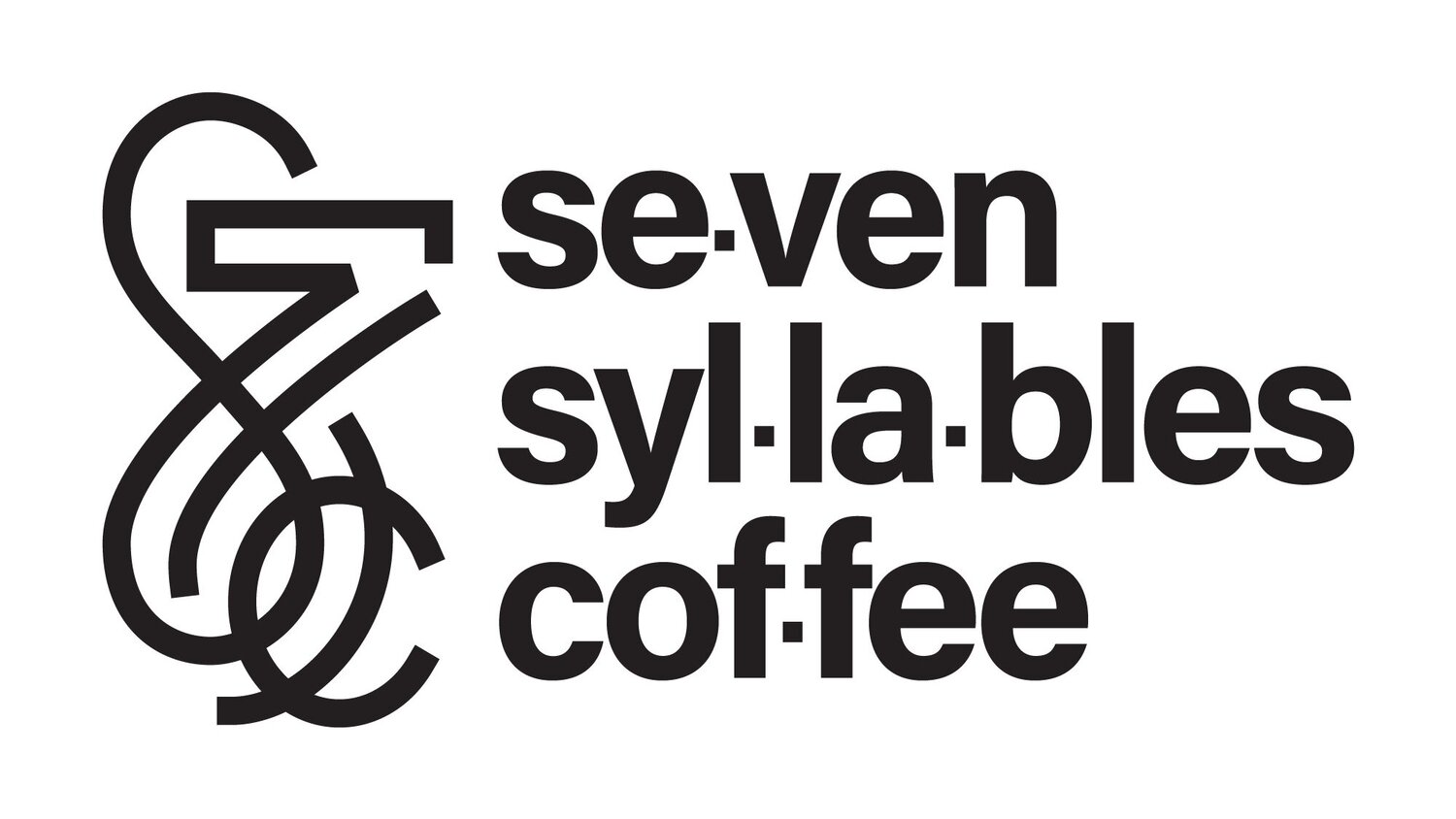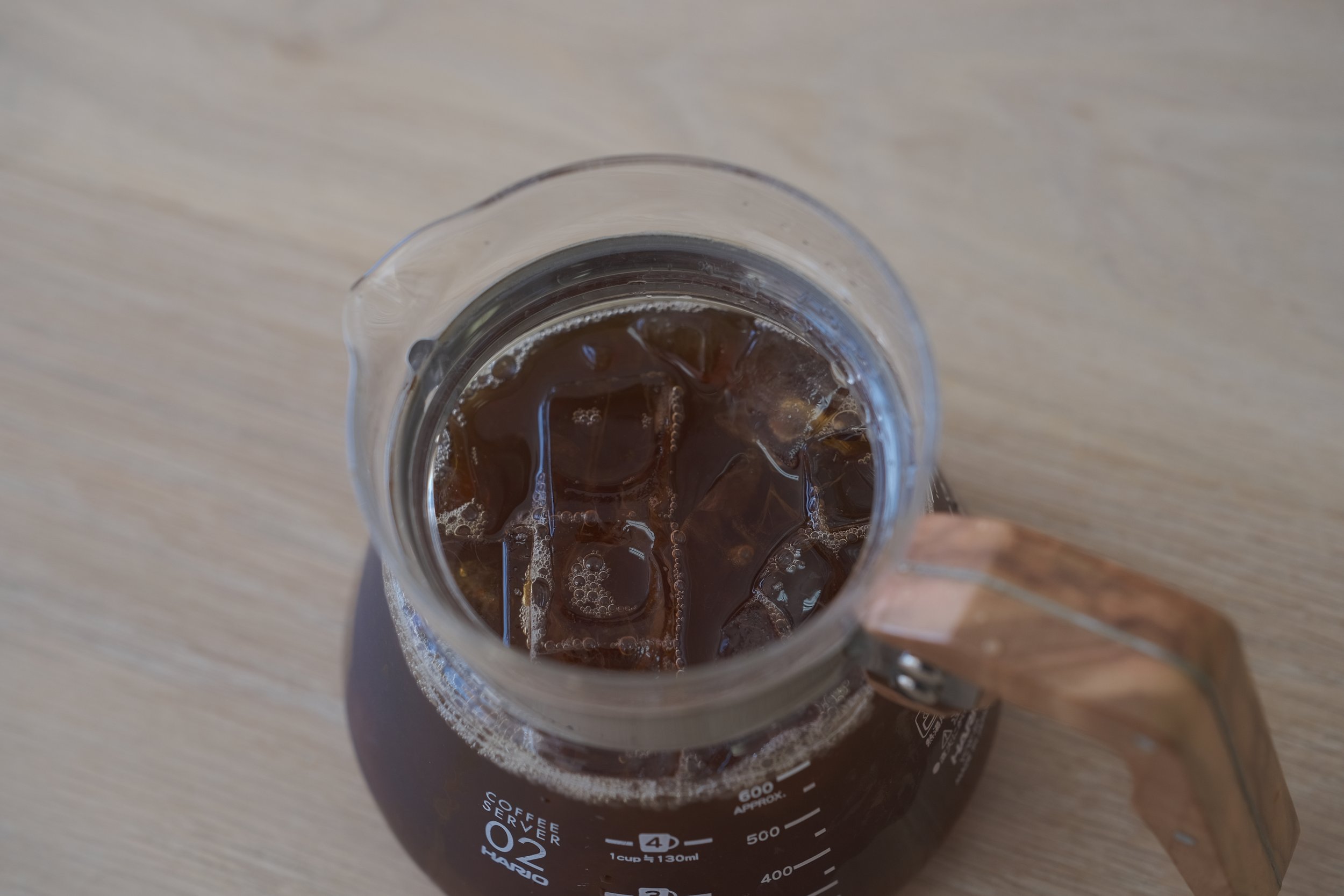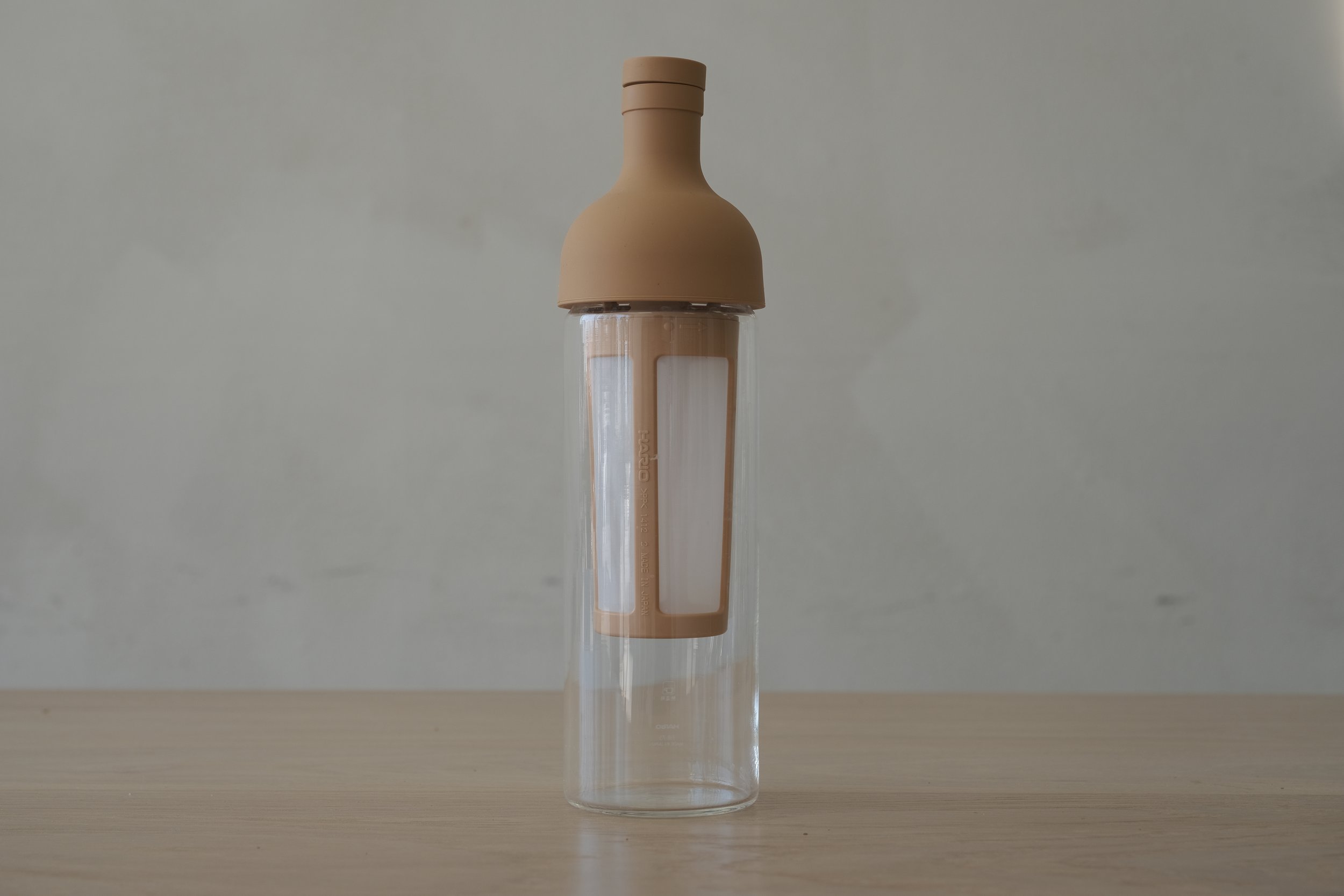Super Simple Holiday Gift Guide (2023)
2023 Gift Guide for your favorite coffee geek:
1. A Bag of Seven Syllables Coffee – This is the easiest gift to give, but that doesn’t mean it’s not at the top of every coffee lover’s list!
2. A box of Perfect Coffee Water – This one always makes our lists. The best thing you can do for brewing better coffee is to use better water. Perfect Coffee Water makes it so easy, it’s a no brainer gift!
3. Normcore WDT tool – If your home barista makes espresso at home, using a distribution tool helps break up the clumps and create a more even extraction.
4. Ember Mug – This one is a must for WFH people, especially if you take a while to drink your morning cup.
5. Normcore Single Dose Coffee Bean Storage – Consider these dosing tins like meal prepping, but for your coffee doses. Pre-dose every Sunday night, and the rest of the week will be a breeze making coffee in the morning. They’re air tight so there’s not worries that the coffee will stale.
6. The Maximalist – Specialty Coffee Filter Holder – It’s almost inevitable that every coffee connoisseur will end up with multiple brewers. This filter holder helps keep multiple sized filters neat and organized.
7. Aeropress Organizer Stand – The AeroPress is still one of my most used brewers. Having an organizer stand keeps everything neat and dry, without taking up too much space.
8. Kalita Wave – who doesn’t love a new brewer? Especially if you’re like me and have broken multiple glass and ceramic brewers. Kalita Wave continues to be a part of my arsenal, I prefer the metal version for durability.
9. Hario Coffee Scale – This is such a simple upgrade, but well worth it if your budding barista isn’t already using a scale. In fact, I’ve been using a $10 scale I got from Target…so maybe I’ll be picking this scale up soon!
10. Hario Cold Brew Bottle – Personal preference is a beautiful thing, and for some that means cold brew over pour overs…especially first thing in the morning when you’re rushing off to start your day. We love the Hario Cold brew Bottle, and definitely recommend it as a gift.
That’s our super simple gift guide for this year, I hope it helps!





